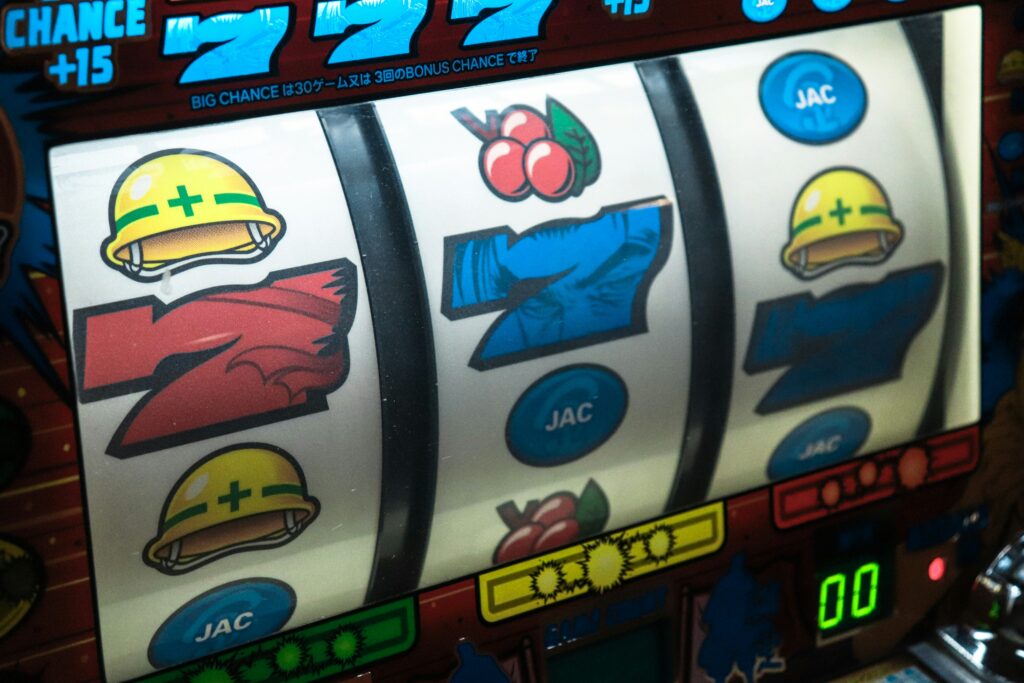The Digital Shift in Casino Gaming
Online casinos didn’t start out glamorous. Early games were clunky, flat, and slow—pixel-heavy slots or stiff table games with almost no atmosphere. Function came first. Immersion wasn’t even part of the conversation. But over the last decade, a transformation took hold. Internet speeds improved, mobile devices became near-universal, and players started expecting more than just spinning reels. They wanted a seat at the table—literally.
Now, virtual casinos are designed to feel real. From sleek live-dealer tables streamed in HD to 3D environments that echo the floor of a Vegas resort, the bar has been raised. Interaction is no longer a bonus; it’s the expectation. Players chat with dealers, game hosts react in real time, and full communities gather at virtual tables. Immersion isn’t eye-candy—it’s a retention engine. When the game feels real, players stay longer, wager more, and come back faster.
Realism equals trust. Interaction builds connection. Together, they turn casual gamblers into repeat players.
Online gambling’s edge in 2024? It’s not just access, it’s atmosphere.
What Makes a Casino Game Immersive?
The gap between traditional online gambling and a full-on casino experience is rapidly closing. These days, it’s less about spinning a digital reel and more about stepping into a well-crafted world. It starts with high-definition graphics—crisp visuals that don’t just look good, but move fluidly thanks to real-time animation. Cards slide across the table; roulette wheels spin with real-time physics. There’s no lag between your decision and the outcome, which keeps you in the zone.
Then there’s the live dealer integration. You’re not staring at a randomized algorithm—you’re in a session with a real human being, streamed from a physical set. Multi-angle cameras let you see the table from overhead, side view, or even close-ups, giving you control over how you watch and interact. It creates tension, anticipation, and most importantly, trust.
Audio and environment also play their part. Realistic 3D lobbies, ambient casino sounds, and even spatial reverb-based sound design all contribute to the illusion that you’re not just playing—you’re there. It’s immersive without being overwhelming.
Lastly, the social layer adds depth. In-game live chat, personal player stats, and community-driven rooms let users share strategies, brag about wins, or just unwind. These features turn solo play into something far more interactive, tapping into the real appeal of physical casinos: connection.
In short, immersion in virtual casino games isn’t built on one flashy feature—it’s a layered approach that replicates reality while giving players more control than ever.
Skill-Based Slots and Story-Driven Machines
Slot machines have come a long way from simple spin-and-win mechanics. In 2024, expect even more titles that blur the line between gaming and gambling. Skill-based slots now feature mini-games, character leveling, and branching bonus rounds—putting players in control of how the experience unfolds. You’re not just pulling a lever anymore; you’re working through stages that feel more like a mobile RPG than a casino floor.
These games lean into personalization, tracking your progress, adapting difficulty based on play patterns, and unlocking reward paths unique to each player. It’s no longer about chasing a jackpot—it’s about completing a journey. Many of these machines mix flashy visuals with narrative arcs, offering you a story to step into with each spin.
This hybrid format appeals to a new wave of digital-native players who want more engagement and decision-making baked into their sessions. For casinos, it’s not just a gimmick—it’s a way to keep players invested longer, one level at a time.
Behind the Scenes: Software & Innovation
Immersive casino games don’t just happen—they’re built from the ground up by industry giants who know how to push boundaries. Evolution, Playtech, and NetEnt are at the front of the pack. They’re not just refining existing formats; they’re developing next-gen engines that focus on fast loading, smooth gameplay, and real-time adaptation. The goal is simple: keep players engaged and make each session feel new, sharp, and tailored.
Artificial intelligence is becoming a cornerstone of this experience. We’re talking about AI that scales beyond customer service bots. These systems can personalize in-game elements—from the types of challenges presented to the bonuses triggered—based on how someone plays. It’s adaptive design, tuned to player behavior in real time.
Then there’s blockchain creeping in under the hood. It’s not flashy, but it’s functional. By logging transactions and game outcomes on decentralized ledgers, developers are offering something players always want but rarely see: transparency. Fairness isn’t a marketing line—it’s baked into the tech. For players who want peace of mind that they’re not being taken for a ride, this shift matters.
Staying Smart While Playing
When a game looks good, sounds sharp, and pulls you in, it’s easy to lose track of time—and money. That’s the double-edged sword of immersion. It’s entertaining, sure, but also potent. The more engaging the experience, the more likely players are to stay longer than they planned. That’s why staying mindful is key.
Most top-tier virtual casinos know this and have started offering tools that help players manage their sessions. These include time alerts, daily wagering limits, session trackers, and even cooldown periods. They’re built into the platforms—not just for compliance, but to encourage smarter habits.
Still, no tool matters if you ignore the warning signs. If you start chasing losses, skipping breaks, or feel edgy when you’re not playing, that’s your cue to step back. Immersive should mean fun, not foggy. Know your limit, and stick to it. It’s not old-school advice—it’s what makes sure the experience stays a game, not a problem.
Want More Real Game Data?
If you’re ready to go beyond surface-level gameplay and truly understand what makes virtual casino games tick, it’s time to explore in-depth data and performance insights. Knowing how specific titles perform in terms of engagement, payout patterns, and user experience can help players make smarter choices.
What You’ll Discover:
- Breakdowns of Top Games
Explore detailed reviews of popular live dealer tables, VR titles, and story-rich slot machines.
- Performance Metrics That Matter
Learn about average session lengths, RTP (Return to Player) rates, and user feedback trends.
- Game Strategy Insights
Discover strategic tips and features that influence gameplay outcomes—essential for competitive and budget-conscious players.
- Personalized Game Fit
Use advanced filters to find experiences that align with your style, preferences, and risk levels.
Deep Dive Resource
For a comprehensive look at leading immersive casino games, don’t miss this expert feature:
Comprehensive Reviews of Leading Casino Games From visuals to volatility, this guide breaks it all down.
Final Thoughts
Virtual casino games have evolved. They’re not just flashing reels and digital chips anymore—they’re full-fledged experiences. From sitting at a live blackjack table with a human dealer streaming in HD, to slot machines that play out like story-driven adventures, today’s games are built to pull you in, not just get you to click.
Whether you’re in it for the strategy or you just want to unwind for a few rounds, immersive gameplay adds a layer of richness that wasn’t there a few years ago. The tech is sharper, the environments are smarter, and the line between gaming and gambling is thinner than ever.
That said—don’t let the flash override the facts. These games are made to be compelling, so pace yourself. Pick smart tools for budgeting, set time boundaries, and know when to log off. The goal is to enjoy the experience, not get lost inside it. Keep exploring, but play smart.


 Thalara Kelricsona is the co-founder of mediagamblesaga and a key voice in its content direction. With a unique blend of creativity and industry knowledge, she explores the intersection of technology and user experience in gambling. Her forward-thinking approach ensures the site remains a trusted resource for readers seeking clarity on the fast-changing digital gambling landscape.
Thalara Kelricsona is the co-founder of mediagamblesaga and a key voice in its content direction. With a unique blend of creativity and industry knowledge, she explores the intersection of technology and user experience in gambling. Her forward-thinking approach ensures the site remains a trusted resource for readers seeking clarity on the fast-changing digital gambling landscape.

